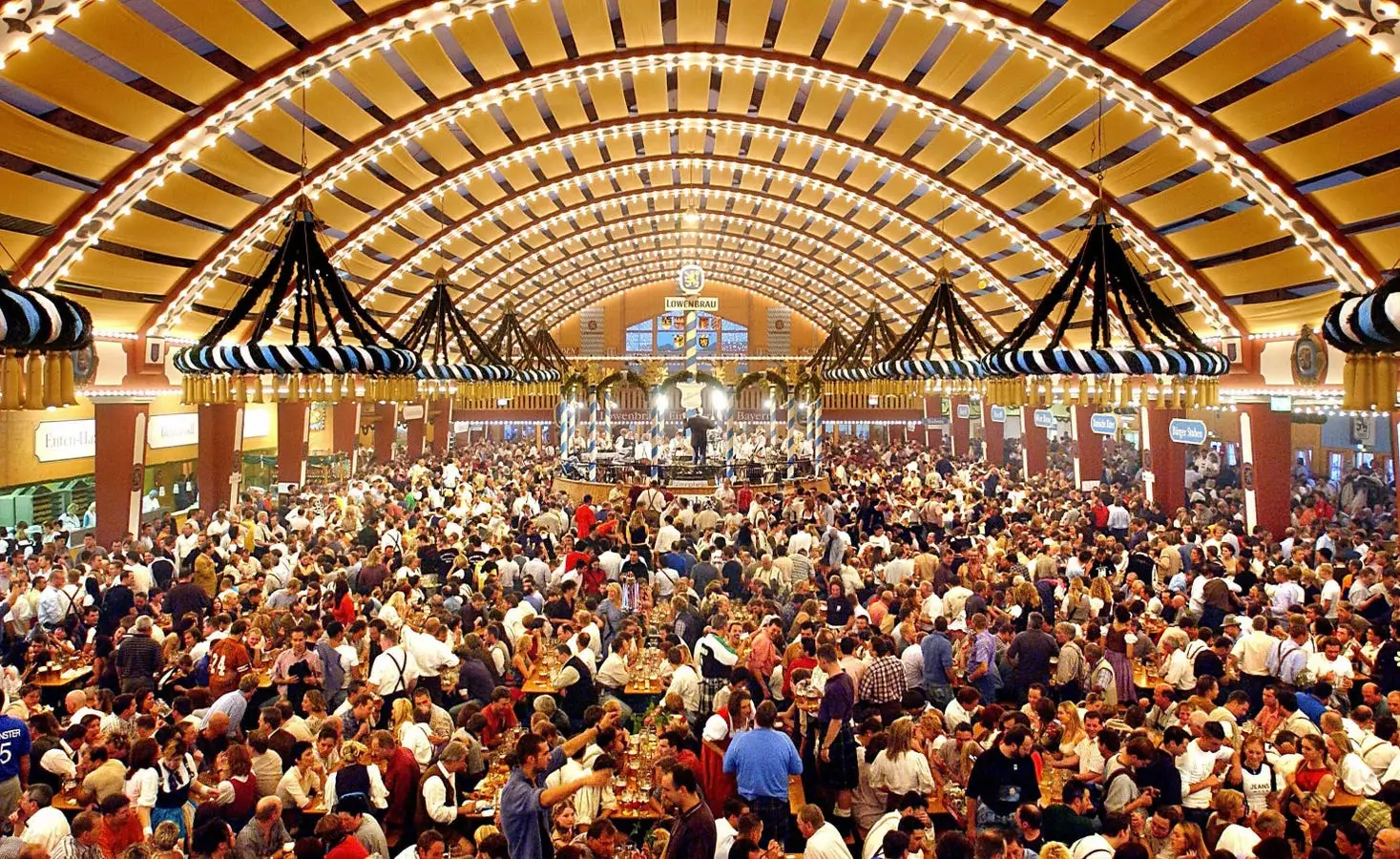The arrival of fall brings with it one of the most exuberant celebrations in the world: Oktoberfest. This iconic festival not only celebrates beer but also embodies a rich tapestry of culture, tradition, and communal joy. While many view Oktoberfest primarily as a drinking event, it extends far beyond that to encompass a unique language of its own, filled with distinct customs, attire, and, of course, the cherished brews that make this event so unforgettable.
The Origins of Oktoberfest
To understand Oktoberfest’s significance, one must delve into its history. The inaugural celebration took place in 1810, commemorating the marriage of Crown Prince Ludwig of Bavaria to Princess Therese of Saxe-Hildburghausen. This festive occasion featured lively horse races in a meadow now known as Theresienwiese, the heart of modern Oktoberfest. What began as a royal wedding celebration has transformed into a sprawling festival drawing millions of attendees each year.
The term “wiesn,” a Bavarian word for “meadow,” is often used among locals when discussing Oktoberfest, creating an immediate sense of community among those in the know. It represents more than just a location; it signifies a traditional gathering space that has retained its significance through centuries.
Beer aficionados will find an abundance of brews to savor at Oktoberfest, but understanding the distinctions is crucial. Since the late 20th century, the traditional Märzen—a malty amber lager—was gradually supplanted by festbier. With an alcohol by volume (ABV) typically exceeding 6%, festbier is characterized by its smooth taste and light herbal notes, making it a delight for those imbibing it during the raucous festivities.
Contrastingly, Märzen beer remains a favorite among American beer drinkers who may associate the style with the entirety of the Oktoberfest experience. While Märzen is generally lighter in color and slightly less potent, it retains its own unique profile laden with toasted malt flavors. Recognizing these differences becomes essential for navigating both beer menus in Munich and local breweries back home; an “Oktoberfest” label in Germany signifies festbier, while American breweries often serve the Märzen style.
One of the most recognizable symbols of Oktoberfest is the maẞkrug—a one-liter beer mug that invites hearty toasts and conviviality. Contrary to popular misconception, the term “stein” refers to a different kind of beverage container, traditionally made of stoneware. While steins are still present at the festival, they generally appear in the “Oide Wiesn,” a corner dedicated to nostalgia and traditional German experiences.
In Munich, the maẞkrug reigns supreme, with festival-goers indulging in its substantial volume that can easily lead to lively celebrations. The significance of these mugs goes beyond their function; they represent the spirit of gathering — of shared enjoyment among friends and strangers alike.
The Vibrant Attire of Oktoberfest
Attending Oktoberfest without the appropriate attire would be like attending a wedding without a gift. The traditional garb, known collectively as “tracht,” encompasses various styles that reflect regional identities. Lederhosen, short leather trousers, embody the rustic heritage of Bavaria, while the dirndl offers a feminine twist, combining a dress, apron, and bodice into an artful ensemble.
Accessories, such as the Tyrolean hat adorned with feathers and animal hair, honor Alpine traditions, serving as markers of regional pride and craftsmanship. Investing in authentic tracht fosters a more profound appreciation for the culture surrounding Oktoberfest and serves as a means of contributing to the communal vibe of the festival.
Regardless of where one finds themselves splashing in the joy of Oktoberfest—whether in Munich’s expansive beer tents or enjoying their backyard party—it’s vital to emphasize safe enjoyment. Oktoberfest is a time of celebration, but it comes with the responsibility to respect oneself and those around you. Engaging in festivities with friends and family enhances the experience, allowing for shared memories and stories to be created, enriching the vibrant culture that Oktoberfest embodies.
Oktoberfest epitomizes a joyous intersection of history, culture, and camaraderie. By understanding its origins, embracing the distinctive beer styles, donning traditional clothing, and respecting the celebratory environment, anyone can immerse themselves fully in this remarkable celebration. So, as we raise our mugs — cheers to a time-honored festival that gathers people from all walks of life, united in laughter, song, and, of course, great beer!

